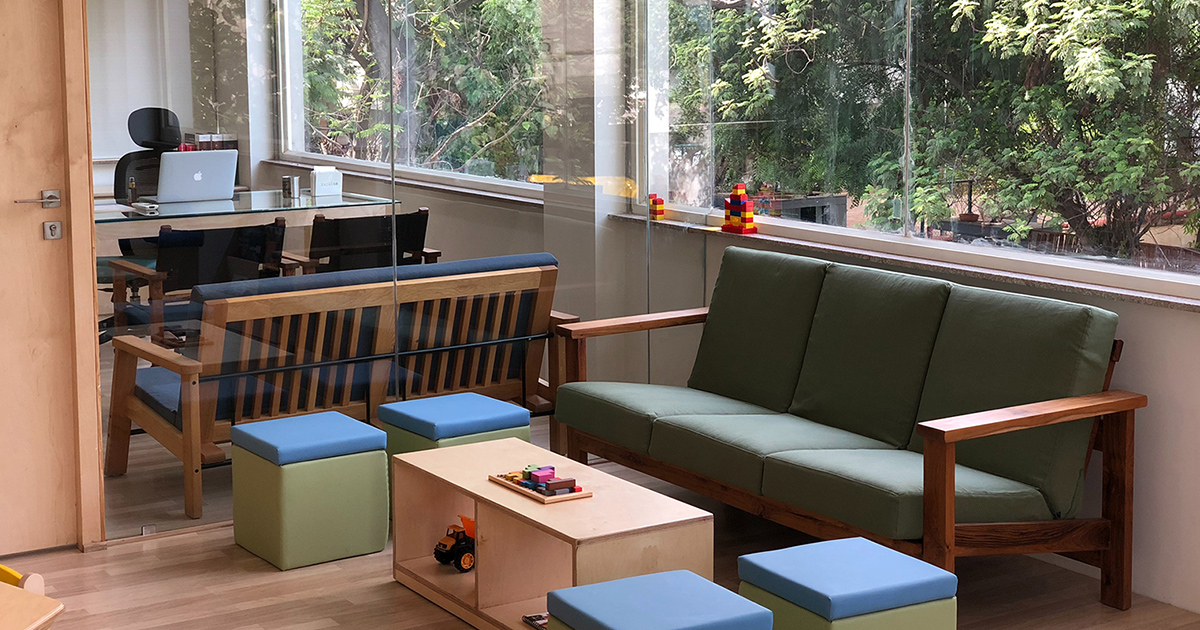Search by keyword
Filter by
Sort by



Thinking of closing a branch surgery?
February 7, 2024

Have you received a Section 25 notice from your landlord?
December 19, 2023


What makes a surgery lease different from an ordinary commercial lease
September 9, 2021

NHS Property Services: Is the end in sight for GP tenancy disputes?
October 22, 2020

Retaining your property share after retirement
September 21, 2020

Protecting your investment upon Retirement
August 26, 2020



Leasehold dilapidations – how to prepare and protect yourself
November 15, 2018
